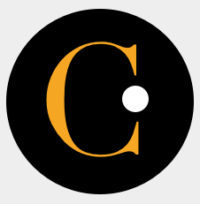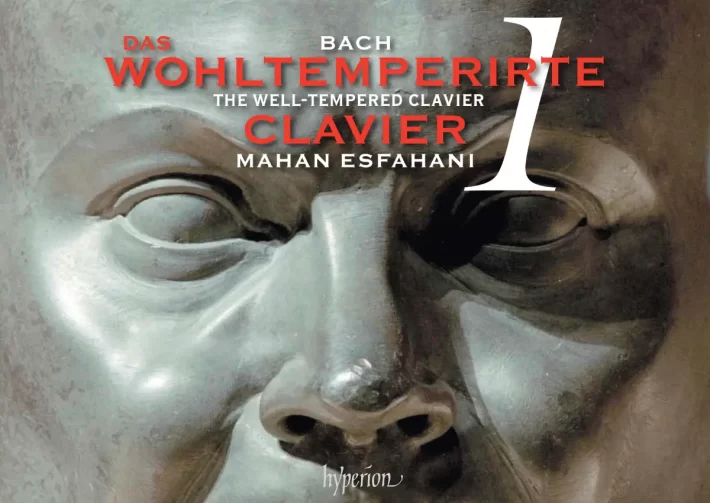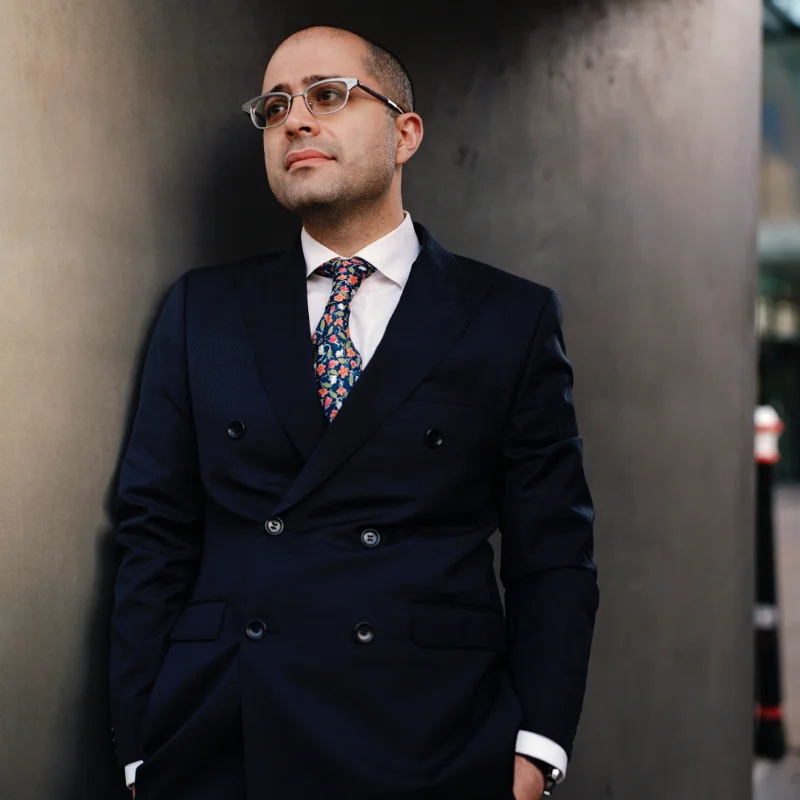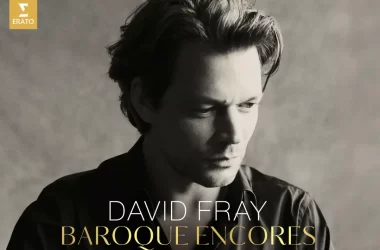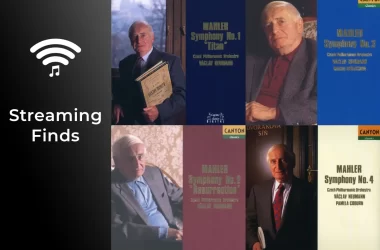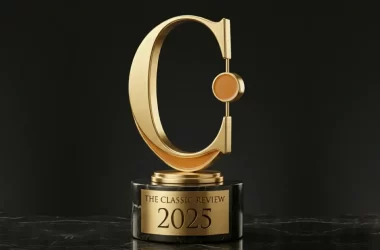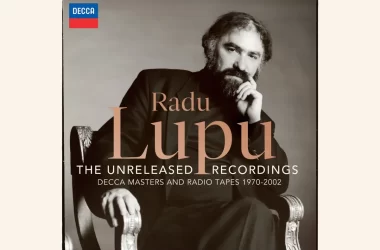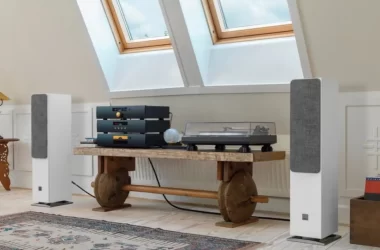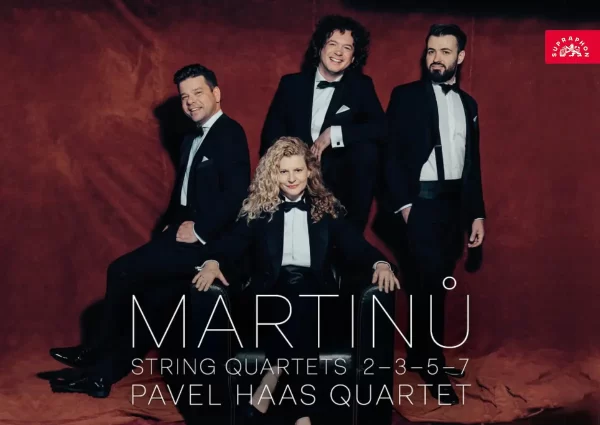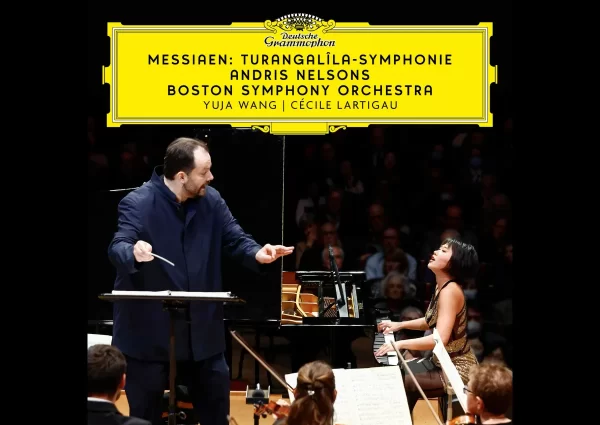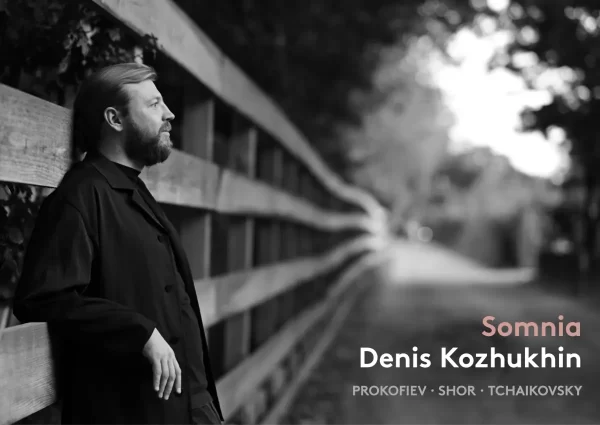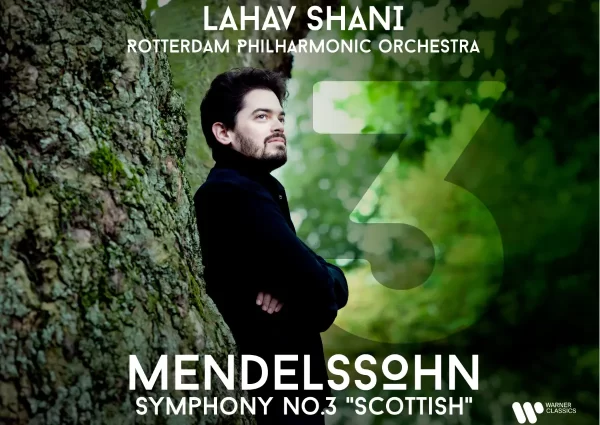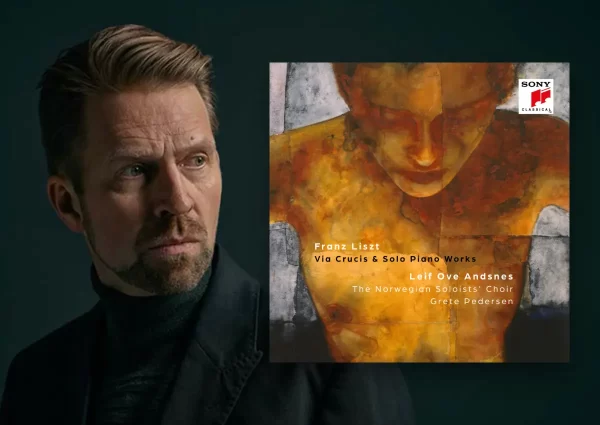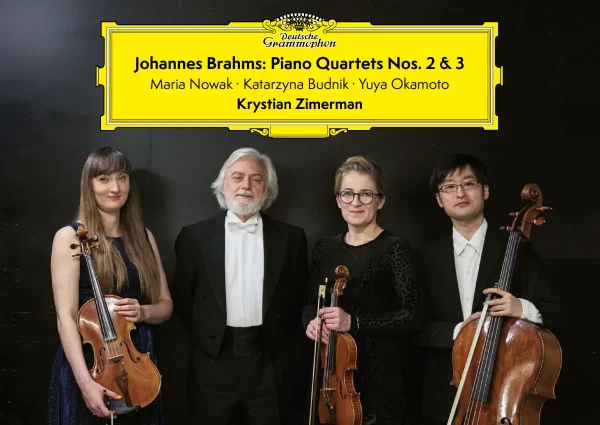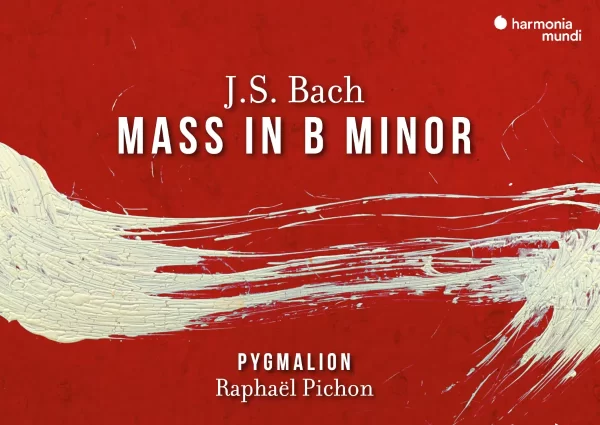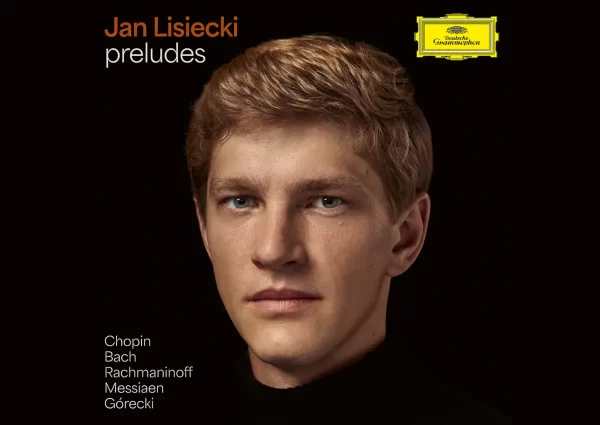Mahan Esfahani has been faithfully working his way through an ambitious project for Hyperion, recording the entire catalogue of J.S. Bach’s keyboard works. Past installments include the Toccatas, Partitas, Preludes, Inventions, Sinfonias, and French Suites. This newest addition covers Book I of the Well-Tempered Clavier.
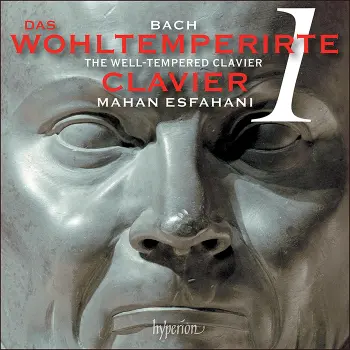
The “German Double” harpsichord Esfahani plays in this recording was built by Huw Saunders in 2013, modeled after an instrument by Johann Heinrich Harrass (1710). The character of the instrument plays only one (considerable) part in influencing the overall character of the performances. The other, of course, is in the delivery. There is no better example of these two forces at work than the C major Prelude and Fugue that open the set. The harpsichord’s sound is friendly on the ears, amplified with Esfahani’s rich legato. Sympathetic resonances appear in the arpeggiated figures, allowing the prelude to take on a fulsome, orchestral presence. This approach differs considerably from Andrea Staier’s: his 2004 replica of a 1734 Hieronymus Albrecht Hass has a thinner, pluckier profile. Coupled with Staier’s drier keyboard attack and a more metronomic pace, we get an equally fine reading, but one that sounds lighter and more transparent.
The thickness of the legato touch has its occasional drawbacks, as heard in the C minor Prelude (track 3). Although Esfahani attempts to evoke fluidity and an element of suspenseful conflict, the push and pull motions come off as a bit labored. One can go back to Wanda Landowska’s account, which seems to better capture the work’s relentless fury. Other faster-moving works like the D major Prelude (track 10) fare better, with abundant sprightliness and precision of tone. The accompanying fugue is rendered sensibly to capture both pomp and stateliness.
I see the E flat minor Prelude and Fugue (tracks 15-16) as a barometer of sorts to the musical characterization of the set. While there is a fitting gravitas in the prelude, I missed a sense of painful yearning when the melody reaches into the higher registers. Granted, this can be difficult to achieve on an instrument that naturally lacks the nuancing capabilities of a modern grand piano, but Masaaki Suzuki shows it is possible: his dotted rhythms and phrasing better reveal the work’s poignancy. Esfahani’s Fugue, however, is aptly communicative, incorporating a thoughtful tone and smooth monophony in the opening subject. The theme speaks to solitude, and as other voices join in later, he creates a dialogue that centers around solemnity.
Esfahani writes that Bach ‘spoke’ counterpoint so fluently that it became a vehicle for the expression of his innermost philosophical thoughts. Indeed, the harpsichordist’s attention to detail, the movement of each line of counterpoint, speaks to an intelligent realization. There is hardly a single moment when a voice carelessly trails off into oblivion. All this takes place while many of his fugues reveal harmonic pairings, colorful dissonances, and textural facets that we may not always catch in piano performances.
The booklet includes a generous and insightful essay by Esfahani, giving us a glimpse into his meticulous journey of study and research. It is an essential complement in listening to his performances. Reservations aside, Esfahani’s efforts as a whole are earnest, well-conceived, and highly satisfying. I look forward to his future release of Book 2 and other works.
Recommended Comparisons
Landowska | Suzuki | Schornsheim | Rousset

Album Details |
|
|---|---|
| Album name | Bach – The Well-Tempered Clavier, Book 1 |
| Label | Hyperion |
| Catalogue No. | CDA684512 |
| Artists | Mahan Esfahani, harpsichord |
